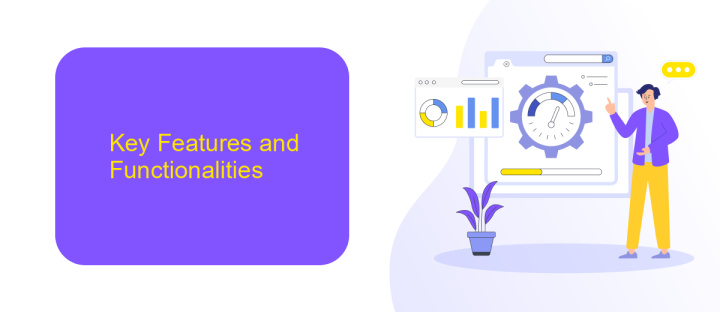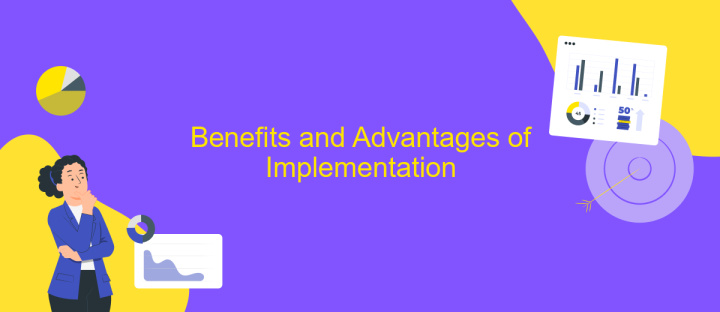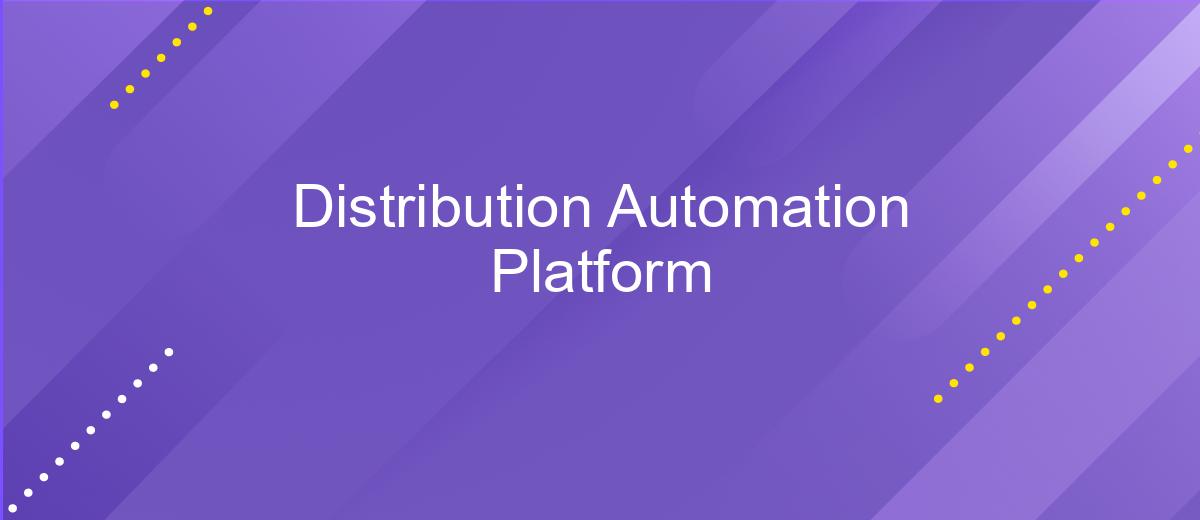Distribution Automation Platform
The Distribution Automation Platform represents a transformative leap in the management of electrical grids, offering enhanced efficiency, reliability, and real-time control. By integrating advanced technologies such as IoT, AI, and machine learning, this platform enables utilities to optimize energy distribution, reduce operational costs, and swiftly respond to dynamic grid conditions. As the energy landscape evolves, distribution automation is becoming essential for sustainable and resilient power systems.
Introduction to Distribution Automation Platforms
Distribution Automation Platforms (DAPs) are integral to modernizing power distribution systems, facilitating enhanced efficiency, reliability, and operational control. These platforms enable utilities to automate and optimize the management of electrical grids, responding dynamically to changing conditions and demands. By integrating advanced technologies such as IoT, machine learning, and real-time data analytics, DAPs provide a robust framework for proactive grid management.
- Improved grid reliability and reduced outage durations through automated fault detection and isolation.
- Enhanced energy efficiency by optimizing load distribution and minimizing losses.
- Real-time monitoring and control, enabling quick response to grid disturbances.
- Integration of renewable energy sources, supporting a sustainable energy future.
- Cost savings through reduced operational and maintenance expenses.
As energy demands grow and the integration of renewable resources becomes more prevalent, the role of Distribution Automation Platforms becomes increasingly significant. These platforms not only support the transition towards a smarter grid but also ensure the sustainable and efficient delivery of electricity. By adopting DAPs, utility companies can meet the evolving challenges of the energy sector, providing reliable and high-quality service to consumers while embracing technological advancements.
Key Features and Functionalities

The Distribution Automation Platform offers a comprehensive suite of features designed to streamline and optimize distribution processes. Central to its functionality is real-time monitoring, which provides instant access to data and analytics, enabling proactive decision-making and efficient resource management. The platform supports predictive maintenance, reducing downtime by anticipating equipment failures before they occur. Additionally, its advanced automation capabilities allow for seamless integration with existing systems, enhancing operational efficiency and reducing manual intervention.
Integration is a key strength of the platform, offering compatibility with various third-party services, including ApiX-Drive. This service facilitates effortless integration of diverse applications, ensuring smooth data flow and communication across systems. The platform's user-friendly interface simplifies the configuration of workflows, allowing users to customize processes according to their specific needs. Furthermore, robust security measures protect sensitive data, ensuring compliance with industry standards. These features collectively empower organizations to enhance productivity, reduce costs, and improve service delivery in the distribution sector.
Benefits and Advantages of Implementation

Implementing a Distribution Automation Platform (DAP) offers numerous benefits that can significantly enhance the efficiency and reliability of modern distribution networks. By leveraging advanced technologies, utilities can optimize operations, reduce costs, and improve service quality. The integration of DAP facilitates real-time monitoring and control, enabling swift responses to network disturbances and minimizing downtime.
- Enhanced Reliability: DAP improves system reliability by enabling predictive maintenance and rapid fault detection, reducing outage durations.
- Operational Efficiency: Automation streamlines processes, leading to reduced manual intervention and more efficient resource allocation.
- Cost Savings: By optimizing energy distribution and reducing losses, DAP contributes to substantial cost savings for utilities.
- Improved Data Analytics: DAP provides comprehensive data analytics capabilities, offering insights for better decision-making and strategic planning.
- Environmental Benefits: Increased efficiency and reduced energy wastage contribute to a lower carbon footprint, supporting sustainability goals.
Incorporating a Distribution Automation Platform is a strategic move for utilities aiming to modernize their infrastructure and stay competitive. The platform not only addresses current operational challenges but also prepares the grid for future demands, ensuring a resilient and sustainable energy distribution system.
Use Cases and Applications

Distribution Automation Platforms (DAPs) are revolutionizing the way utilities manage and optimize their electrical grids. By integrating advanced technologies, these platforms enhance grid reliability and efficiency. They enable utilities to respond swiftly to outages, optimize energy distribution, and reduce operational costs. DAPs are crucial for modernizing aging infrastructure and supporting the integration of renewable energy sources.
One of the primary applications of DAPs is in real-time monitoring and analysis. By providing utilities with detailed insights into grid performance, these platforms facilitate proactive maintenance and rapid fault detection. This capability is essential for minimizing downtime and ensuring a continuous power supply. Additionally, DAPs support demand response programs, allowing utilities to balance supply and demand effectively.
- Fault detection and isolation
- Load balancing and energy optimization
- Integration of distributed energy resources
- Predictive maintenance and asset management
- Enhanced grid security and resilience
These use cases highlight the transformative potential of DAPs in the energy sector. By leveraging these platforms, utilities can achieve greater operational efficiency and sustainability. As the demand for reliable and clean energy continues to grow, the adoption of distribution automation platforms will become increasingly vital. This technological advancement not only benefits utilities but also ensures a more resilient and sustainable energy future for all consumers.


Future Trends and Considerations
As we look to the future of Distribution Automation Platforms, the integration of advanced technologies such as artificial intelligence and machine learning is expected to play a crucial role. These technologies will enhance predictive maintenance capabilities, allowing for real-time monitoring and proactive responses to system anomalies. Furthermore, the integration of IoT devices will enable more granular data collection, leading to improved decision-making processes and optimized energy distribution.
Another significant trend is the increasing importance of seamless integration with other systems and platforms. Services like ApiX-Drive are becoming essential, offering efficient solutions for automating and streamlining data exchanges between disparate systems. This capability is vital for organizations aiming to improve operational efficiency and reduce manual intervention. As these platforms continue to evolve, considerations around cybersecurity and data privacy will be paramount, ensuring that the integration of new technologies does not compromise system integrity or user trust.
FAQ
What is a Distribution Automation Platform?
How can a Distribution Automation Platform improve operational efficiency?
What are the key components of a Distribution Automation Platform?
How can I integrate existing systems with a Distribution Automation Platform?
What are the benefits of using a Distribution Automation Platform for businesses?
Apix-Drive is a universal tool that will quickly streamline any workflow, freeing you from routine and possible financial losses. Try ApiX-Drive in action and see how useful it is for you personally. In the meantime, when you are setting up connections between systems, think about where you are investing your free time, because now you will have much more of it.

